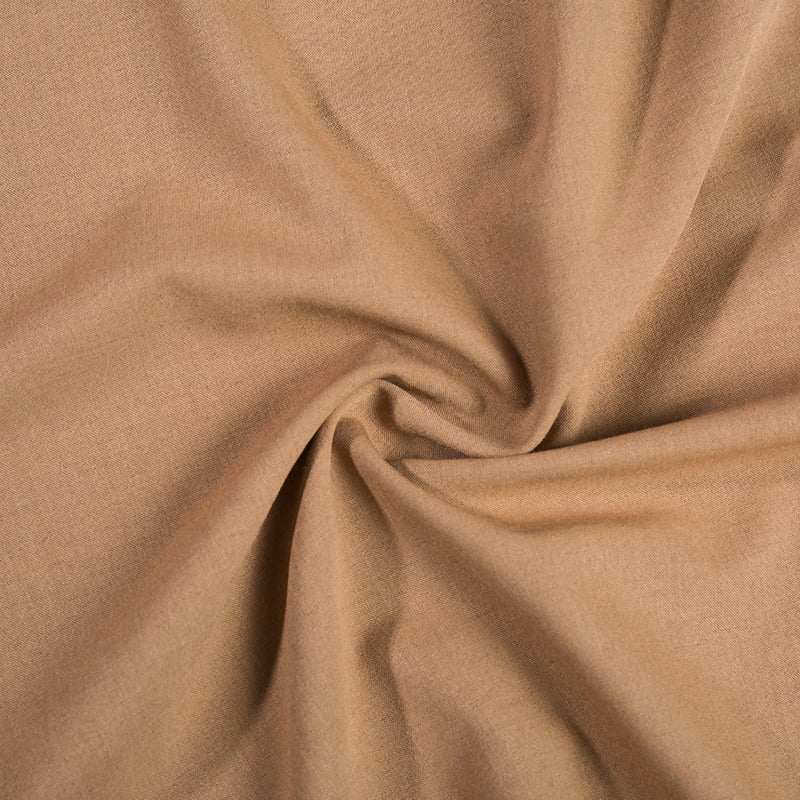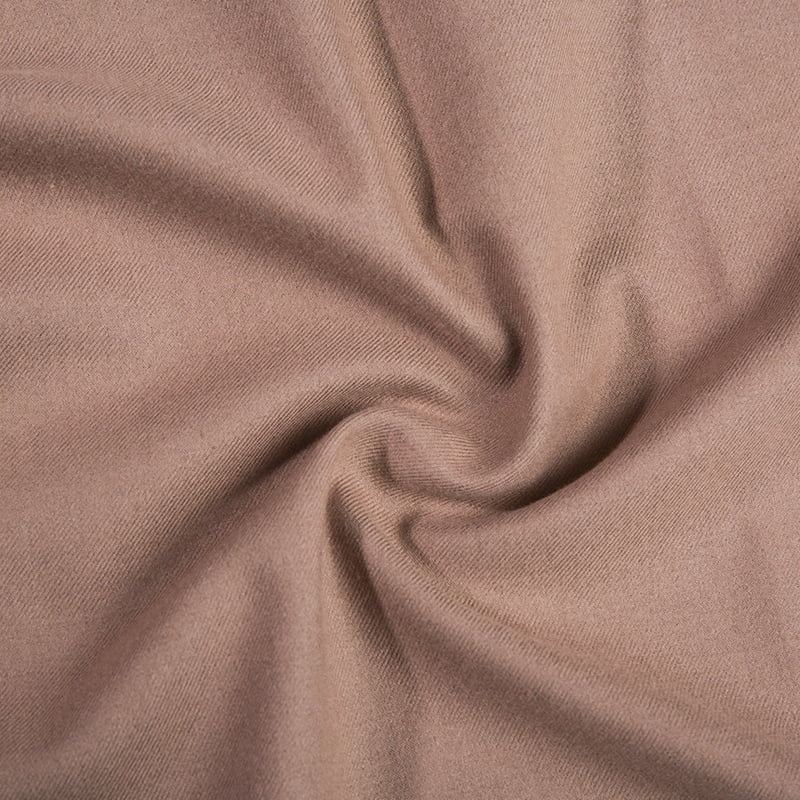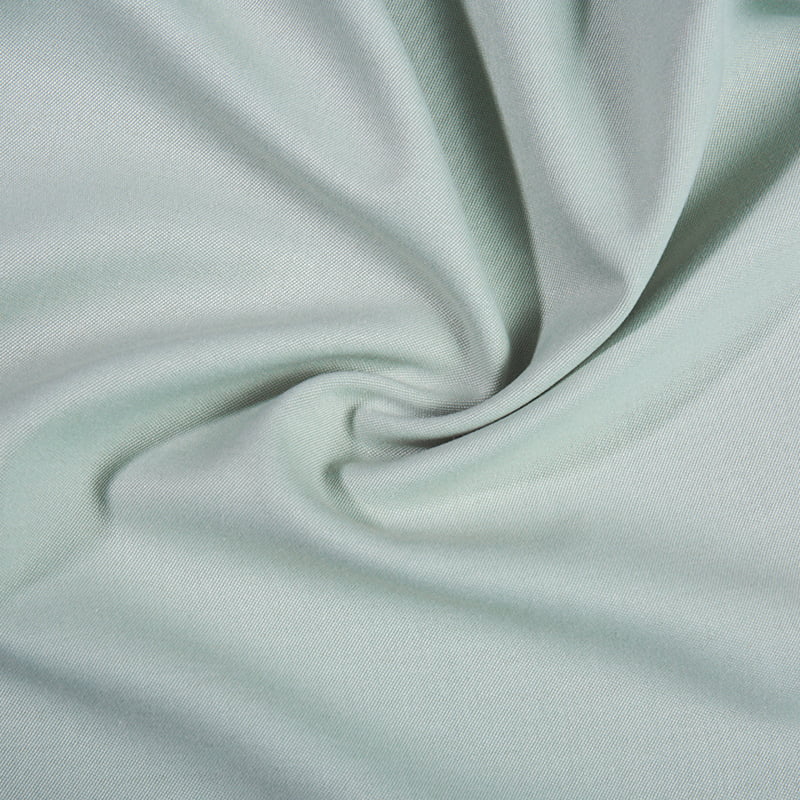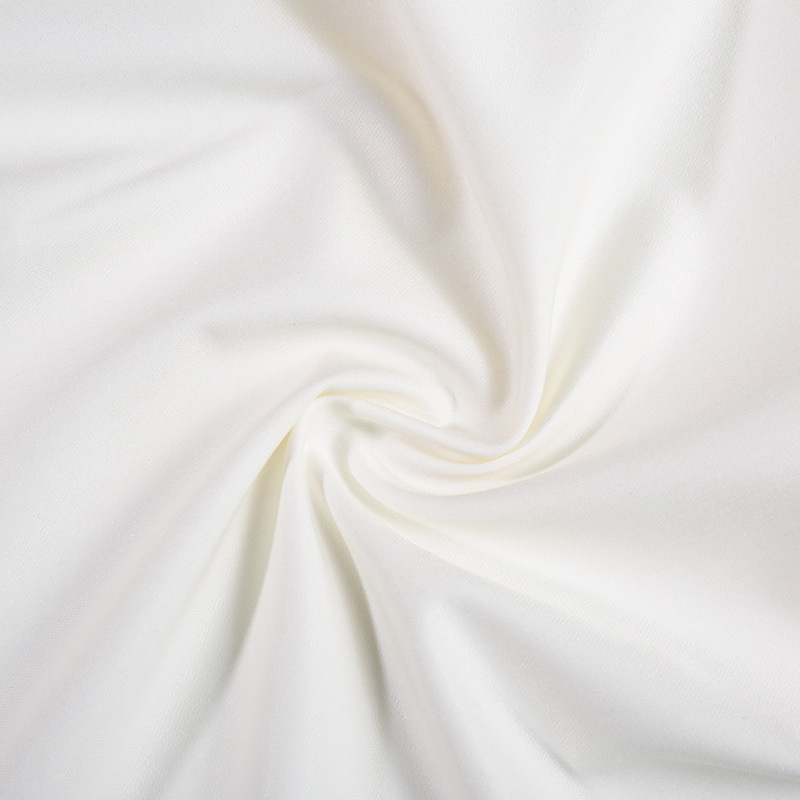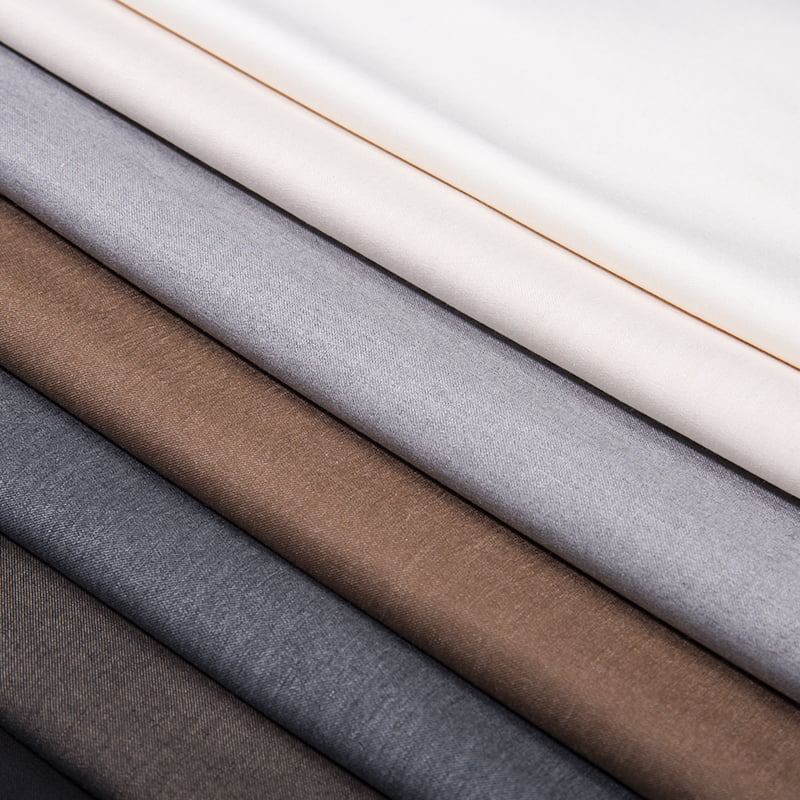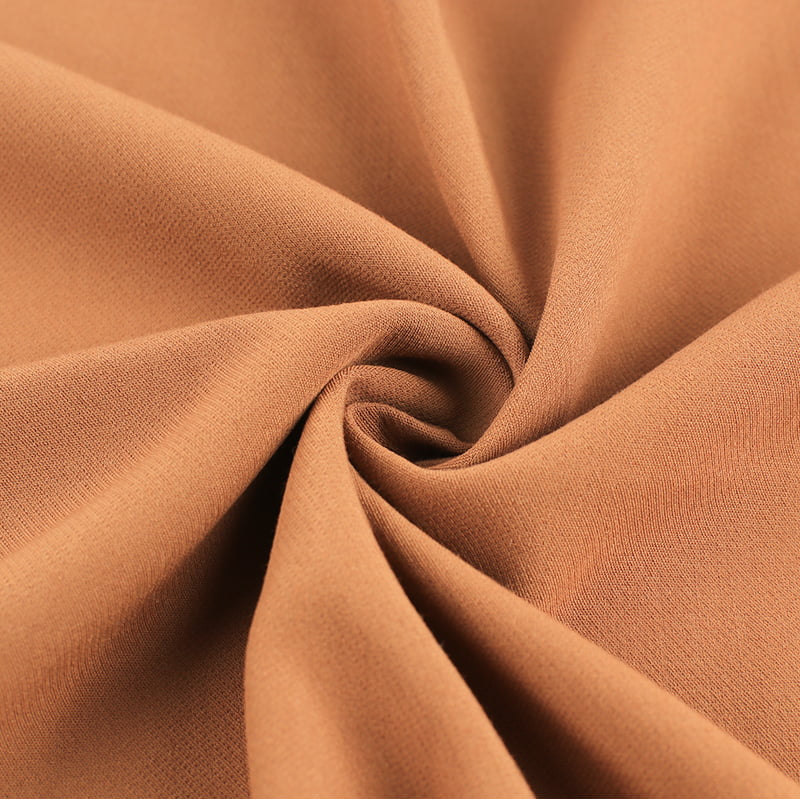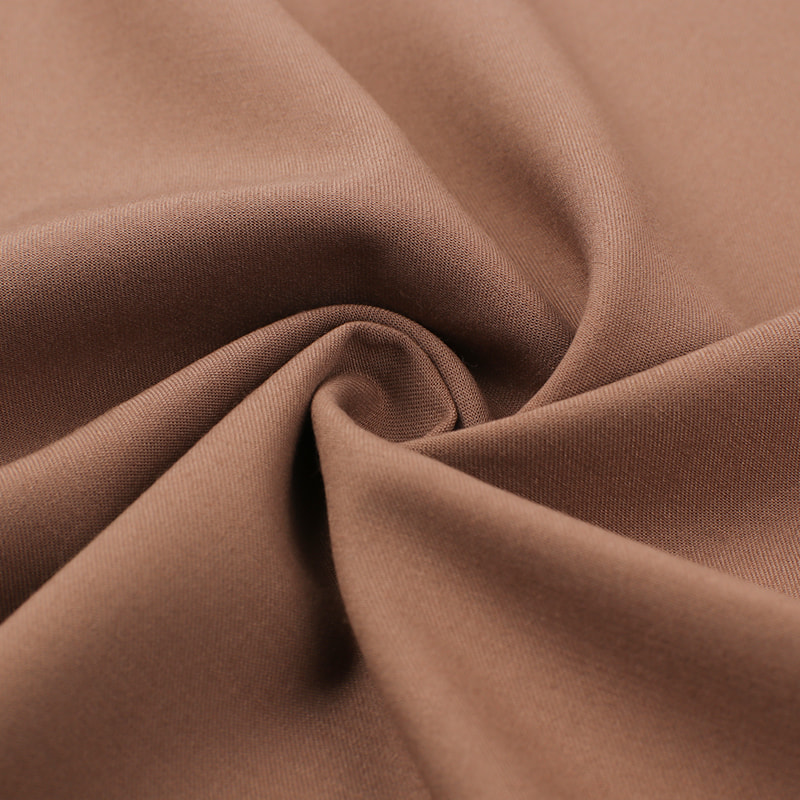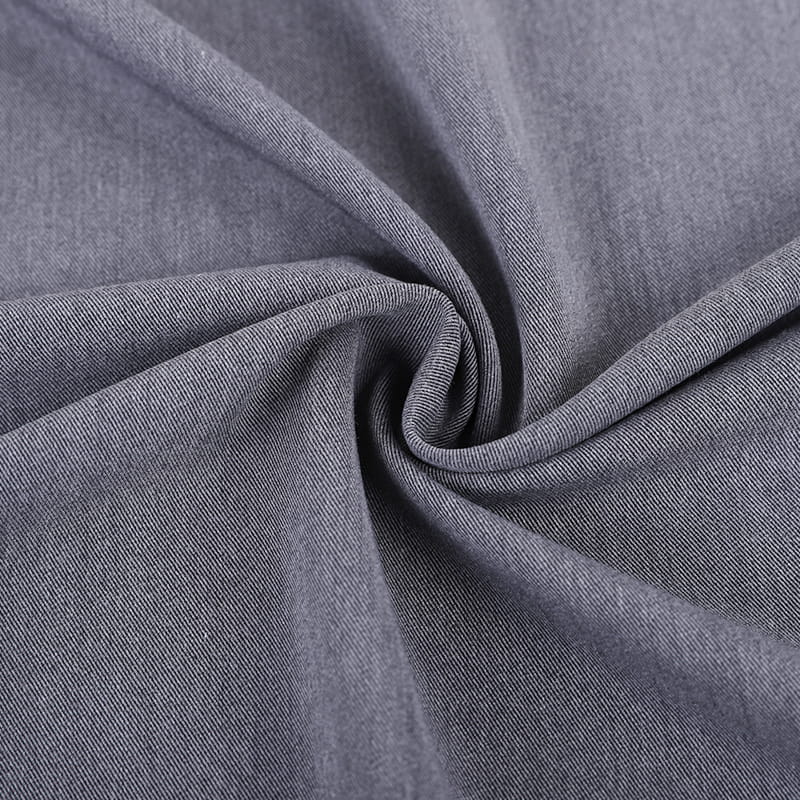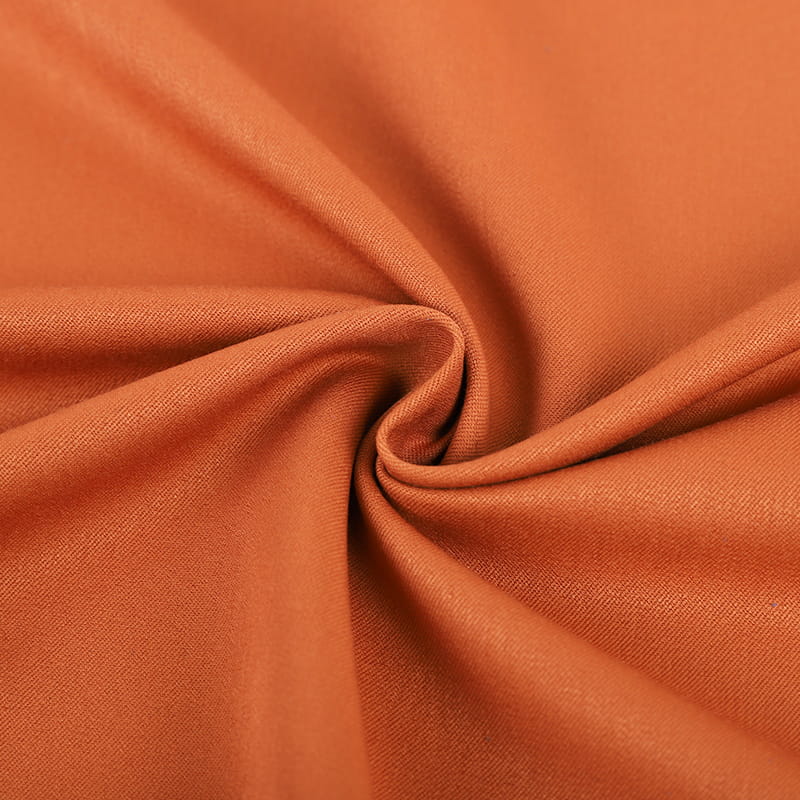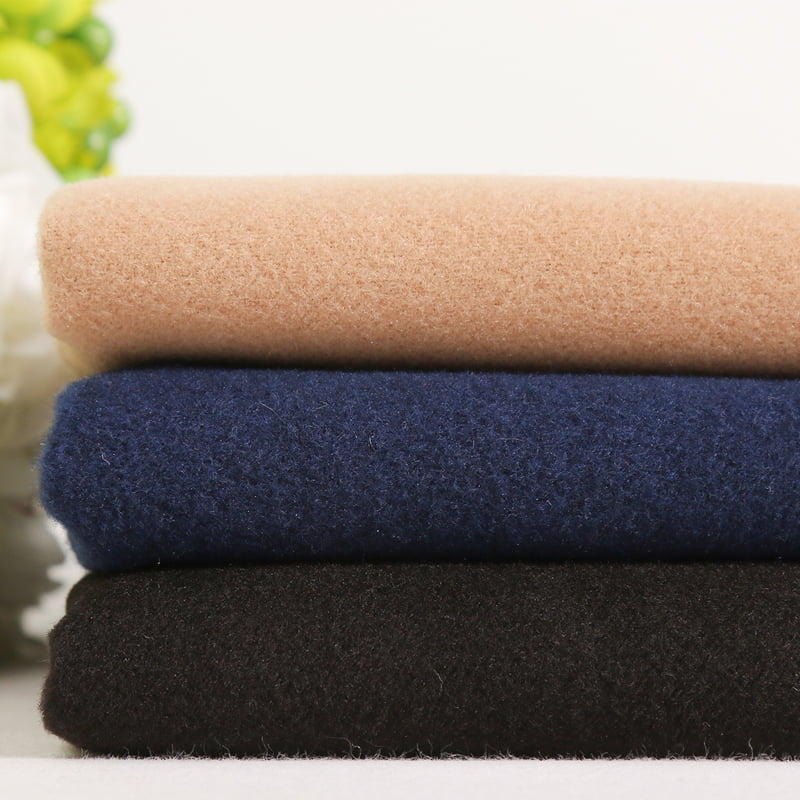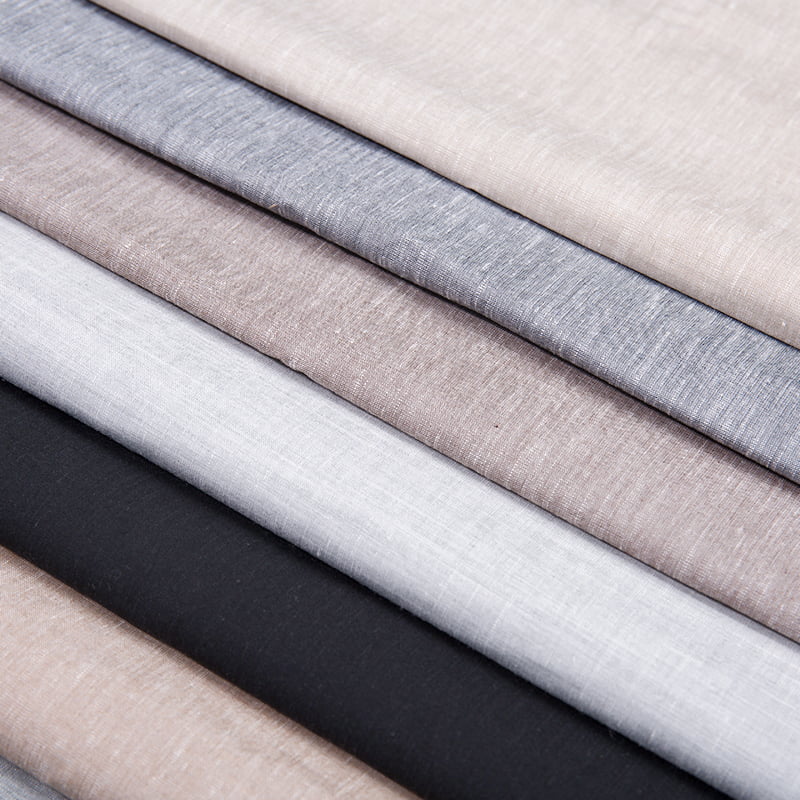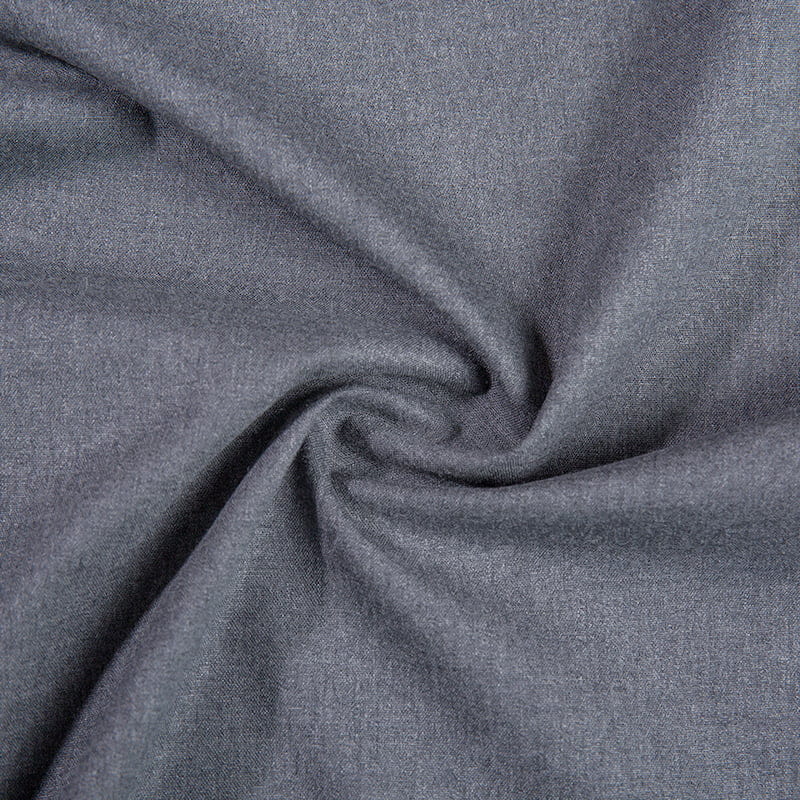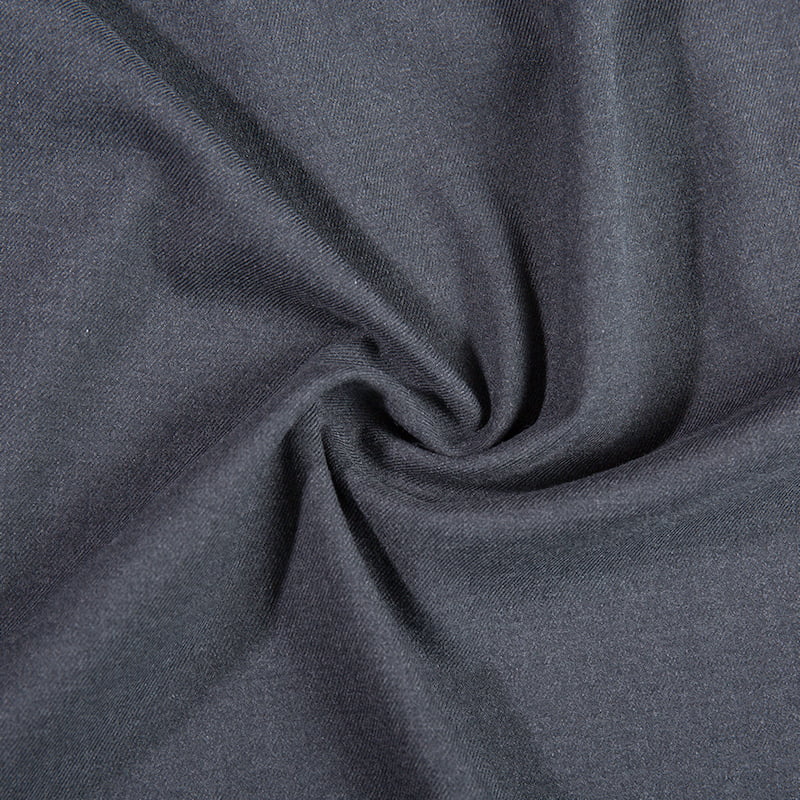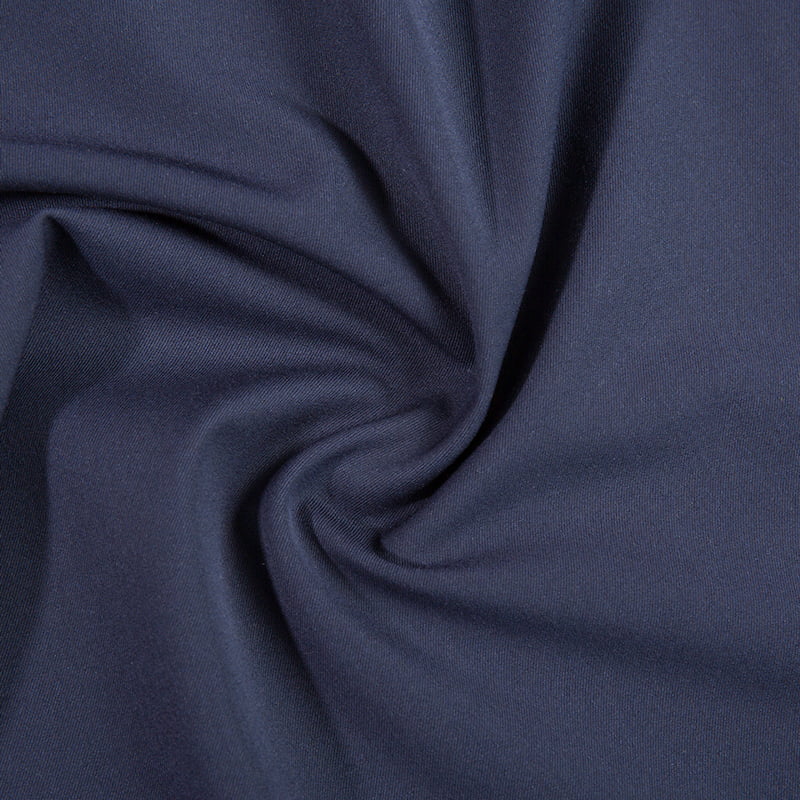The question of breathability is a critical one in textile selection, particularly for garments where comfort and moisture management are priorities. TR fabric, a widely used material in the apparel industry, is often subject to such scrutiny.
Defining TR Fabric
TR fabric, an abbreviation for Polyester Rayon, is a blended textile. It is composed of two primary fibers: Terylene (a type of polyester) and Rayon (a regenerated cellulose fiber). The typical blend ratio falls between 65% polyester to 35% rayon or a 70/30 split. This combination is engineered to merge the durable properties of synthetic polyester with the comfort and absorbency of semi-synthetic rayon.
The Science of Breathability in TR Fabrics
Breathability refers to a fabric's ability to allow water vapor (sweat) to pass from the body out into the environment, thereby facilitating cooling and maintaining dryness. The breathability of TR fabric is not a fixed value but is directly influenced by its constituent fibers and construction.
-
The Role of Rayon: Rayon, derived from natural wood pulp, is highly hydrophilic. It absorbs moisture effectively—significantly more than polyester. This absorption wicks moisture away from the skin. However, rayon alone tends to hold onto that moisture and can feel slow to dry.
-
The Role of Polyester: Polyester is inherently hydrophobic; it absorbs very little moisture. Instead, it relies on wicking—pulling moisture along the surface of its fibers to the outer layer of the fabric where it can evaporate. Modern micro-fiber polyester is often engineered with capillary action to enhance this wicking ability.
In a TR blend, the rayon component absorbs initial perspiration, while the polyester component aids in spreading the moisture across a larger surface area and promoting quicker evaporation. The resultant breathability is a synergistic effect that is generally considered moderate. It is more breathable than 100% polyester in scenarios involving sweat absorption but may not match the superior vapor permeability of natural fibers like cotton or wool in all conditions.
Key Factors Influencing Breathability
The base fiber blend is just one factor. The actual breathability of a specific TR fabric is heavily determined by its manufacturing process:
-
Fabric Construction: How the yarns are woven or knitted is paramount. A loose, open knit or a weave with a porous structure (like a mesh) will offer significantly higher air permeability and breathability than a tight, dense construction.
-
Yarn Type and Weight: Fabrics made from fine, lightweight yarns (e.g., those used in lighter suiting) are generally more breathable than those made from thick, heavy yarns used in winter garments.
-
Finishing Treatments: Post-production finishes can drastically alter performance. Moisture-wicking finishes can be applied to enhance the fabric's ability to transport sweat. Conversely, waterproof or durable water-repellent (DWR) coatings will impede breathability by sealing the fabric's pores.
Applications and Practical Considerations
The moderate breathability profile of TR fabric makes it suitable for a range of applications. It is a prevalent choice for:
-
Professional and Formal Wear: Suits, trousers, skirts, and uniforms benefit from the blend's drape, wrinkle resistance, and moderate comfort, which is sufficient for climate-controlled environments.
-
School Uniforms: Its durability and ease of care are advantages, and its breathability is often adequate for daily school activities.
For high-intensity athletic wear, where maximum breathability and rapid drying are essential, specialized performance fabrics are typically engineered beyond standard TR blends.
To the question "Are TR fabrics breathable?" the answer is that they offer functional, moderate breathability. Their performance is a deliberate balance struck between moisture absorption (rayon) and wicking/durability (polyester). While not the most breathable fabric available, its overall package of properties—including cost-effectiveness, low maintenance, and good durability—makes TR fabric a rational and practical choice for a wide array of everyday and formal apparel. The specific breathability of any given TR fabric will ultimately depend on its precise construction and finishing.


 English
English 中文简体
中文简体 日本語
日本語 한국어
한국어 Español
Español русский
русский


